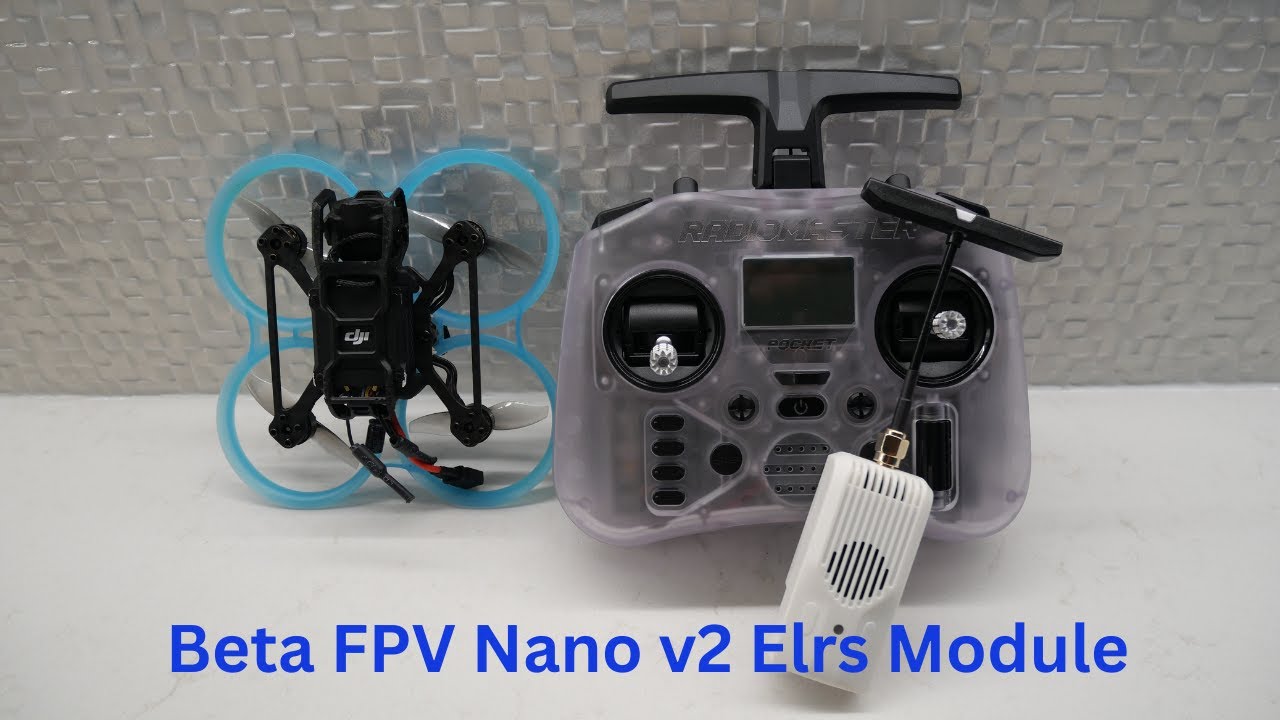Onboarding challenge from TON Foundation w/ Mark Okhman
Summary
TLDR在这段视频中,Mark 带领观众通过一个互动教程,体验在TON区块链上挖掘NFT的过程。他首先介绍了TON区块链的基本概念,包括主网和测试网的区别,并解释了测试网是开发者学习和实验的理想环境。接着,Mark详细演示了如何使用TON Keeper钱包在测试网上进行交互,包括安装钱包、启用测试模式、以及如何通过编写和发送智能合约来“挖掘”一个NFT。他还展示了如何构建和签署交易,以及如何通过扫描QR码来完成交易。最后,Mark鼓励观众通过实践来克服对编程的恐惧,并提供了额外的学习资源和社区支持,以帮助他们更深入地了解TON区块链和智能合约的开发。
Takeaways
- 🚀 **启动挑战**:Mark介绍了一个关于构建下一代十亿用户的挑战,鼓励观众开始在TON网络上编程。
- 👕 **口号与目标**:他穿着印有“为下一个十亿用户构建”的T恤,表明了视频和项目的目标。
- 📈 **TON的增长**:提到了TON价格的增长,并强调了为了跟上这种增长,需要快速发展和编程。
- 🛠️ **智能合约入门**:为不熟悉智能合约的观众提供了一个入门挑战,说明即使没有编写自己的智能合约,也有很多可以构建的东西。
- 🎓 **新手友好**:视频旨在帮助新手克服对编程智能合约的恐惧,并通过实际操作与智能合约交互。
- 📚 **教程与资源**:Mark提供了一个链接到他的Telegram频道,以便获取更多教程和文章。
- ⛏️ **NFT挖矿挑战**:介绍了一个关于在TON网络上“挖矿”NFT火箭的挑战,尽管TON实际上没有挖矿。
- 🤖 **测试网交互**:说明了将与TON的测试网进行交互,这是一个用于开发和测试的网络环境。
- 💻 **开发者环境设置**:介绍了如何设置本地开发环境,包括安装Git、Node.js和Visual Studio Code。
- 🔗 **API连接**:解释了如何连接到TON Center API,这是一个与区块链通信并提供数据的服务器。
- 🔑 **钱包和交易**:展示了如何使用TON Keeper钱包,并在测试网上启用测试模式,以及如何发送交易。
- 🔗 **构建消息和交易**:详细介绍了如何构建一个消息,将其转换为一个可以由钱包签名并发送到智能合约的交易。
- 🔍 **数据结构**:讨论了TON中的数据结构,特别是Cell的概念,以及如何使用TypeScript与之交互。
- 📝 **代码和交易**:通过实际代码示例,展示了如何编写与智能合约交互的代码,以及如何发送交易以获取NFT。
- 🔄 **测试网和主网**:阐明了测试网和主网的区别,以及为什么测试网是开发者学习和实验的理想场所。
- 🎉 **成功获取NFT**:Mark成功地通过一系列步骤在测试网上获取了一个NFT,展示了整个过程。
Q & A
马克在视频中提到了哪个平台的智能合约?
-马克在视频中提到了TON区块链的智能合约。
在TON区块链上进行挖矿需要什么条件?
-在TON区块链上进行挖矿需要一个钱包、一个代码库、开发者环境,并且需要通过提供工作证明(Proof of Work)给智能合约来获得TON币和NFT作为奖励。
什么是Testnet,它与Mainnet有何不同?
-Testnet是区块链的测试网络,它允许开发者在不涉及真实货币的情况下测试交易和智能合约。与Mainnet不同,Mainnet是实际的区块链网络,其上的交易和币值是真实的。
马克在视频中提到了哪些工具或应用?
-马克提到了Ton Keeper、Openmask、Node.js、VS Code等工具或应用。
在视频中,马克是如何解释智能合约的getter函数的?
-智能合约的getter函数是一种特殊的函数,它能够从智能合约的存储中返回特定的数据。在视频中,马克通过调用getter函数来获取挖矿数据,如工作证明的复杂度和最后成功的种子值。
如何理解视频中提到的'Proof of Work'?
-在视频中,'Proof of Work'指的是用户需要进行一些计算,找到一个小于特定复杂度值的哈希值。这个计算过程被视为工作证明,是用户获得NFT奖励的前提。
马克在视频中提到了如何获取Testnet上的TON币,这需要哪些步骤?
-马克提到,为了在Testnet上进行交易,用户需要获取Testnet上的TON币。这通常涉及访问特定的Testnet币保地址,按照提供的步骤获取免费的测试币。
在视频中,马克解释了如何构建一个支付链接,这个链接是用于什么目的?
-在视频中,马克解释了如何构建一个支付链接,这个链接用于将用户找到的有效哈希值发送到智能合约,并以此来证明工作量,从而获得NFT。
马克在视频中提到了哪些关于智能合约编程的语言?
-马克提到了TypeScript和Fift(Fancy的简称),这两种语言在智能合约编程中使用。
在视频中,马克是如何描述智能合约和TypeScript之间的关系的?
-马克用火箭将卫星送入轨道的比喻来描述智能合约和TypeScript之间的关系。TypeScript像是将智能合约这个“卫星”送入区块链网络“轨道”的“火箭”,一旦智能合约在区块链上部署,TypeScript就不再需要了。
马克在视频中提到了哪些关于TON区块链的资源或链接?
-马克提到了TON的文档网站、他的Telegram频道以及他的YouTube频道,这些都是学习TON区块链和智能合约编程的资源。
Outlines

This section is available to paid users only. Please upgrade to access this part.
Upgrade NowMindmap

This section is available to paid users only. Please upgrade to access this part.
Upgrade NowKeywords

This section is available to paid users only. Please upgrade to access this part.
Upgrade NowHighlights

This section is available to paid users only. Please upgrade to access this part.
Upgrade NowTranscripts

This section is available to paid users only. Please upgrade to access this part.
Upgrade NowBrowse More Related Video

Optimism生態該買啥?看完這條視頻妳就悟了,全網最完整OP生態梳理#Optimism #eth

i sealed their base...

The 4 Great Emerging Technologies: A Journey Through the Digital Frontier! #technology #ai #vr

【手把手教學】如何用AI做睡前故事,月入1w美金,引流特定用戶 Earn Money With AI By Faceless Kids Bedtime Story Video

Beta FPV Nano V2 With Pavo 20 (review and test)

Transforming Telegram to Web3 with Toncoin - TOKEN2049 Singapore 2023
5.0 / 5 (0 votes)
